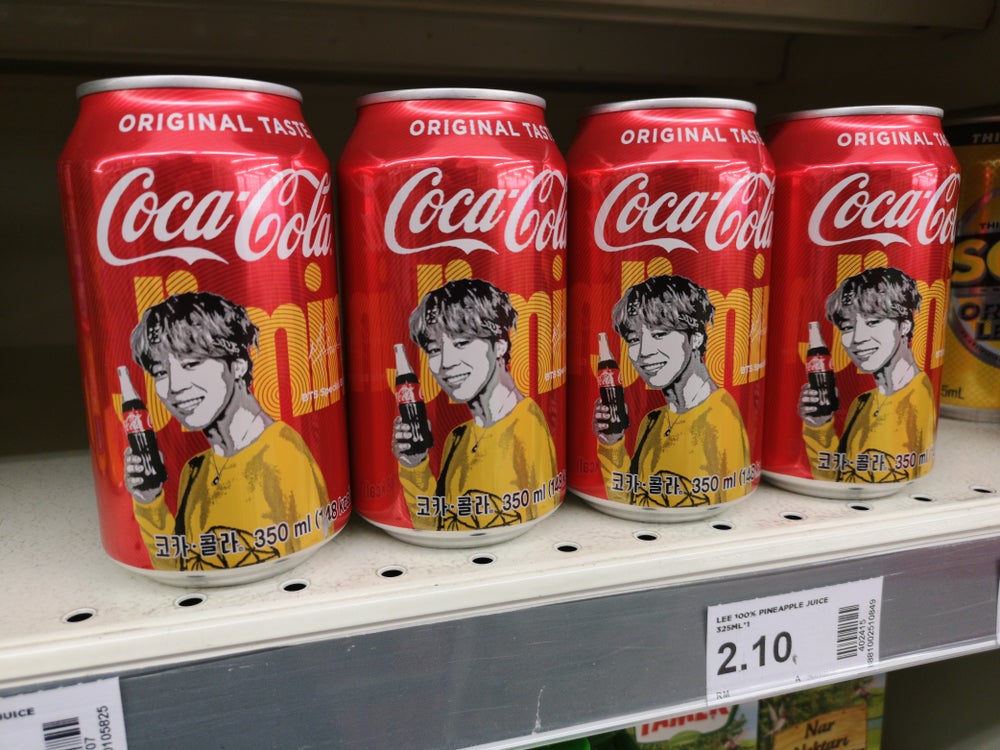Digital shopping technologies are changing the dynamics of shopping. Some, like downloadable coupons have made strong gains in influencing purchases, while others, like social media, are lagging.
These findings are part of a new comprehensive benchmarking study commissioned by Catapult Action-biased Marketing and conducted by Forrester Research to better understand how shoppers—across all demographics—use and view these technologies, which ones “move the needle” and how marketers and retailers can maximize their use.
The most successful technologies, including Internet coupons, e-mail, online ratings and reviews and self-checkout, must provide three benefits: value, help in making decisions and improved ease of shopping, the study found.
At home
At-home technologies have the highest adoption rates among consumers since most people have access to a computer and the technologies are simple and user friendly.
Some 54% of survey respondents said they “have used” Internet coupons, compared to 46% for e-mails from brands or retailers, 42% for online customer ratings and reviews and 37% for social networking. Social networking was found to fail to have any meaning influence on purchase decisions, although it was still viewed as helpful by shoppers, especially Gen Y. Marketers need to repurpose the tool with calls to action to make it more useful, the report found. (See Exhibit 4, which also indicates percent of shoppers who are interested in or aware of the technology).
“We believe strongly in the power of technology and it’s future in shopper marketing,” Jason Katz, executive vice president of emerging media at Catapult said. “We want to educate brands and retailers about how to get started in this space and foster those partnerships to grow category and add value to their shopper bases.”
Other technologies with lower penetration that respondents indicated they “have used” include, printable shopping lists from a Web site (16%), paperless coupons (10%) and shopping widgets (7%).
In Store
Once inside stores, self-checkout is the most widely adopted technology used (71%), followed by DVD rentals (23%) and on-pack promotions that requires the consumer to go to a Web site (21%). Interestingly, interactive TV and TVs at Walmart had been used by only 6%. Handheld scanners, kiosks for swiping loyalty cards to receive personalized coupons and touch screen signage showed high interest.
“It’s getting harder and harder for brands to get their message across in store and shoppers are really more and more on a mission, so time is of the essence,” Katz said. “A lot of shoppers are starting to pre-shop the store through the use of Web sites or mobile shopping assistants so it helps solve that need to get shoppers to think a particular brand and retailer as they’re planning their trips.”
Mobile
Mobile technology is on the horizon to become the “next killer app,” the report said. The broad array of applications offer marketers a venue to serve up relevant information to shoppers wherever they may be.
The highest percentage of shoppers have used mobile technologies to make payments from their cell phones (23%), followed by 21% using GPS-based location services and 16% tied for both text-to-win promotions and shopping lists. (See Exhibit 6, which also indicates percent of shoppers who are interested in or aware of the technology).
On the web
The survey also found that consumers visit retail and brand sites for very different reasons and that if the two worked in partnership it could improve results for both. Because the retailer draws large numbers of shoppers to research and find the best prices, the brand can add value to the site by providing content to help drive traffic and loyalty.
Some 46% of respondents visited a brand’s site, like Kraft, to look for recipes and ideas versus 9% who would go to a retail site in search of such information. Another 61% visited a retail site to compare products and prices compared to just 6% who went to a brand site for such information.
The barriers that prevent all generation groups from taking advantages of digital shopper technologies include, not understanding how to use the technology, what benefits are provided and making a mistake. Privacy is also a concern. But, in general, respondents had a positive attitude about using the technology saying they feel comfortable using it and that it makes their lives easier.
The bottom line
Continue to invest in technologies that prove successful, fund those that emerge with potential, use caution when testing early stage technologies and fix or halt programs that don’t show results. (See Exhibit 9).
Methodology
The 20-minute online survey, which will be fielded annually, was conducted among 1,100 head of household primary grocery shoppers and was fielded in July and August.



